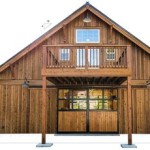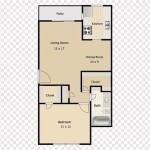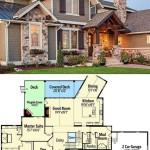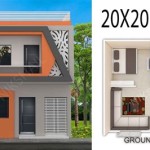Design Your Own Home Floor Plan
Designing your own home floor plan is an exciting and rewarding experience. It gives you the opportunity to create a space that perfectly meets your needs and desires. However, the process can also be daunting, especially if you're not familiar with architecture or design.
That's why we've put together this guide to help you design your own home floor plan. We'll cover everything from the basics of floor plan design to tips for creating a space that's both functional and beautiful.
Step 1: Define Your Needs
The first step in designing your home floor plan is to define your needs. What are your must-have spaces? How many bedrooms and bathrooms do you need? Do you want a formal dining room or a casual eating area? Once you know your needs, you can start to create a floor plan that meets them.
Step 2: Choose a Floor Plan Style
There are many different floor plan styles to choose from, each with its own advantages and disadvantages. Some popular floor plan styles include:
- Ranch-style homes are single-story homes with a simple, open floor plan. They are typically easy to build and maintain, and they are a good choice for families with young children.
- Cape Cod-style homes are two-story homes with a steeply pitched roof and a central chimney. They are often found in coastal areas, and they have a charming, traditional look.
- Craftsman-style homes are one-and-a-half-story homes with a wide front porch and exposed beams. They have a rustic, earthy look, and they are popular in the Arts and Crafts movement.
- Modern-style homes are characterized by clean lines, open spaces, and large windows. They are often built using sustainable materials, and they offer a sleek, contemporary look.
Choose a floor plan style that fits your needs and preferences.
Step 3: Create a Rough Sketch
Once you have chosen a floor plan style, you can start to create a rough sketch of your home. This doesn't need to be a detailed drawing; it's just a rough outline of the rooms and their approximate sizes.
As you're sketching, keep in mind the following:
- The flow of traffic: How will people move through your home? Make sure there is a clear path from the entrance to the main living areas.
- The relationship of spaces: How do the different rooms relate to each other? Do they flow well together, or do they feel disjointed?
- The use of space: How will you use each room? What activities will take place in each space? Make sure the spaces are large enough to accommodate your needs.
Step 4: Get Feedback
Once you have a rough sketch of your home floor plan, it's a good idea to get feedback from others. This could include your family and friends, a professional architect or designer, or even a contractor. Getting feedback will help you identify any potential problems with your floor plan and make improvements before you start building.
Step 5: Finalize Your Floor Plan
Once you've received feedback and made any necessary changes, you can finalize your floor plan. This means creating a detailed drawing of your home, including the dimensions of each room, the location of windows and doors, and the placement of fixtures and furniture.
Your finalized floor plan will serve as a blueprint for your home. It will be used by contractors to build your home and by you to plan your interior design.
Tips for Creating a Functional and Beautiful Floor Plan
Here are a few tips for creating a functional and beautiful floor plan:
- Use natural light: Natural light can make your home feel more inviting and spacious. Place windows and doors in areas where they will allow plenty of natural light to enter.
- Create a focal point: Every room should have a focal point, such as a fireplace, a large window, or a piece of art. This will give the room a sense of purpose and make it more visually appealing.
- Use color and texture: Color and texture can be used to create a variety of effects in your home. For example, light colors can make a room feel more spacious, while dark colors can create a more intimate atmosphere. Different textures can add visual interest and depth to a space.
- Pay attention to details: The details in your home can make a big difference in the overall look and feel of the space. Choose fixtures, furniture, and accessories that complement the style of your home and that reflect your personal taste.

House Plans How To Design Your Home Plan

Design Your Own Home House Designing Homes

House Plans How To Design Your Home Plan

Floor Plans Learn How To Design And Plan

Creating Your Dream Custom Floor Plan Citadel Signature Homes

Tips For Selecting The Right Floor Plan Your Home Sater Design Collection

Floor Plans How To Design The Perfect Layout Cherished Bliss

Floor Plans Build On Your Lot Custom Home Builder New Construction Design Tech Homes Builders

House Plans How To Design Your Home Plan

Floor Plans Learn How To Design And Plan








